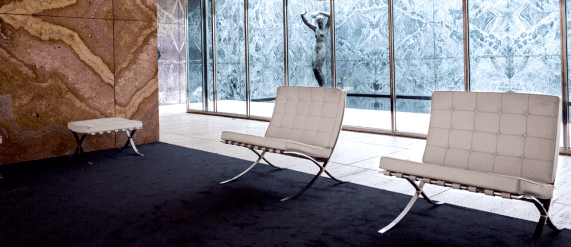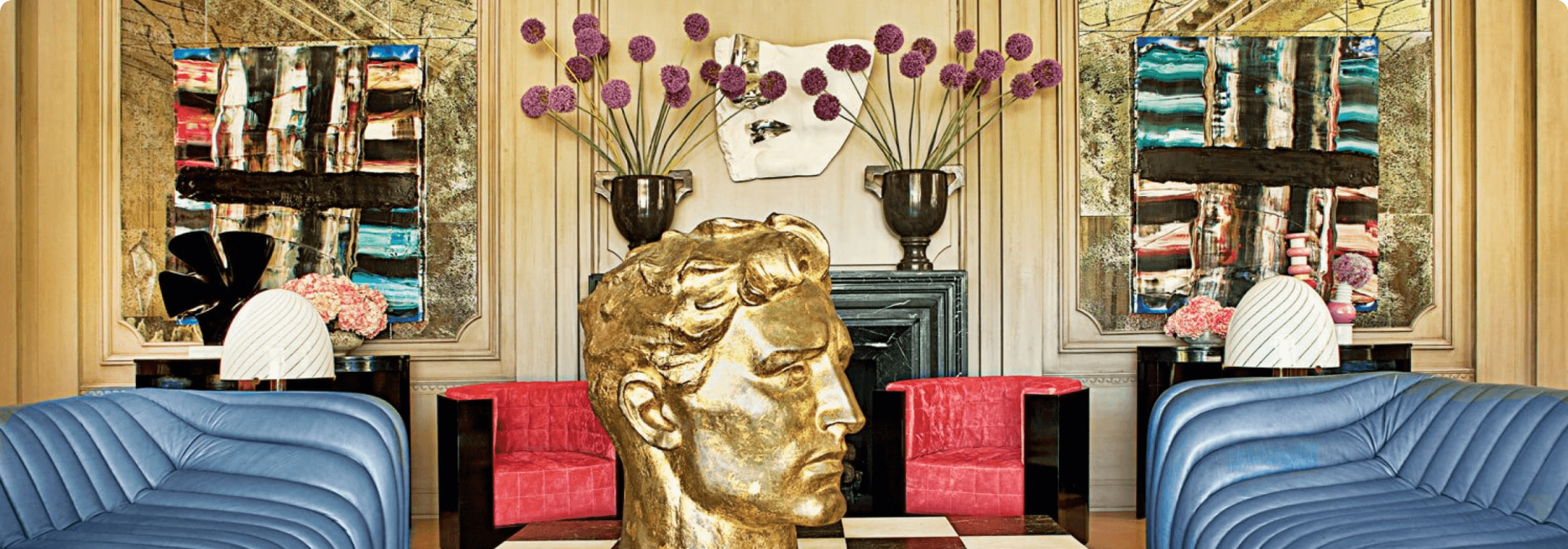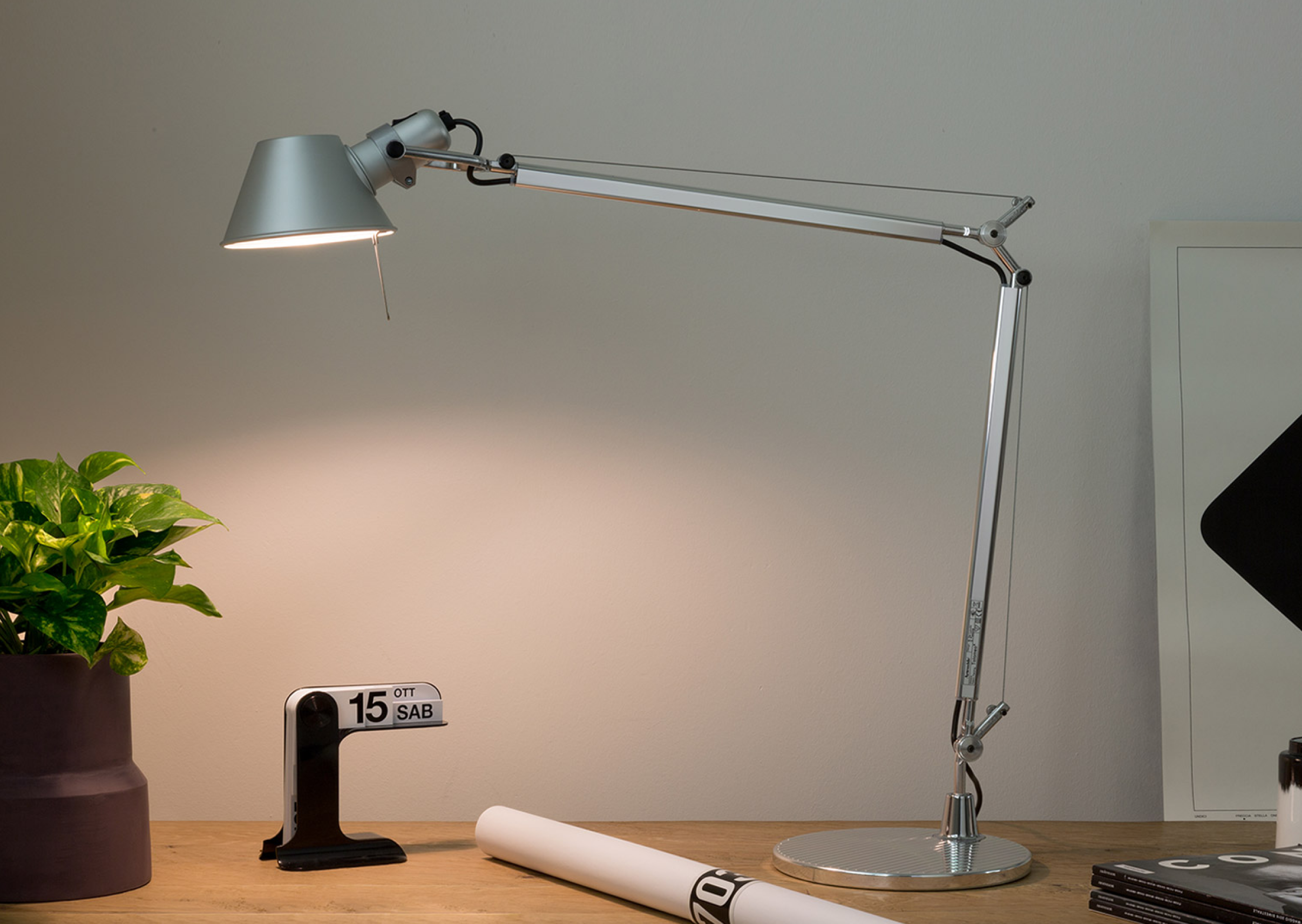Pierre Guariche: designer of functional elegance
wp:paragraph Pierre Guariche Pierre Guariche (1926-1995) was a highly talented figure in post-war design in France. Along with...



























Read our other blogs too

Whoppah explores: Ludwig Mies van der Rohe
One of the most iconic design chairs is the Barcelona Chair by Mies van der Rohe. The chair was exhibited in 1929 during the World Exhibition in Barcelona and is one of the best-selling designer armchairs ever. It is amazing how a chair has not lost its popularity for more than 90 years and remains a symbol of elegant and modern design. That is why this week is an ode to architect and furniture designer Mies van der Rohe.

Whoppah explores: Frank Lloyd Wright
Frank Lloyd Wright was one of the most influential architects of the twentieth century. It's high time to find out more about this world architect!
Veni, Vidi, Vici!
Audacity, fantasy, modernity... For over half a century, Italian designers have reigned supreme on the design planet. It was at the end of the...

Artemide: Illuminating Innovation and Timeless Design in Italian Lighting
Artemide is known as the leader in Italian design lamps. For over 60 years, they have been bringing innovative lamps to market that are characterised as 'design classics'. My admiration for this brand is great, because staying at the forefront of innovative design for 60 years is a remarkable achievement. This week, we dive into Italian brand Artemide with Whoppah explores.

